
Russia’s Su-34 Fullback fighter-bomber has transitioned from a symbol of military prowess in Syria to a tool of attrition in Ukraine, reflecting the evolving role and challenges faced by the aircraft. Recent reports highlight the Su-34’s capabilities and deployment strategies, shedding light on its operational history and future prospects. Source
Evolution of the Su-34 Fullback
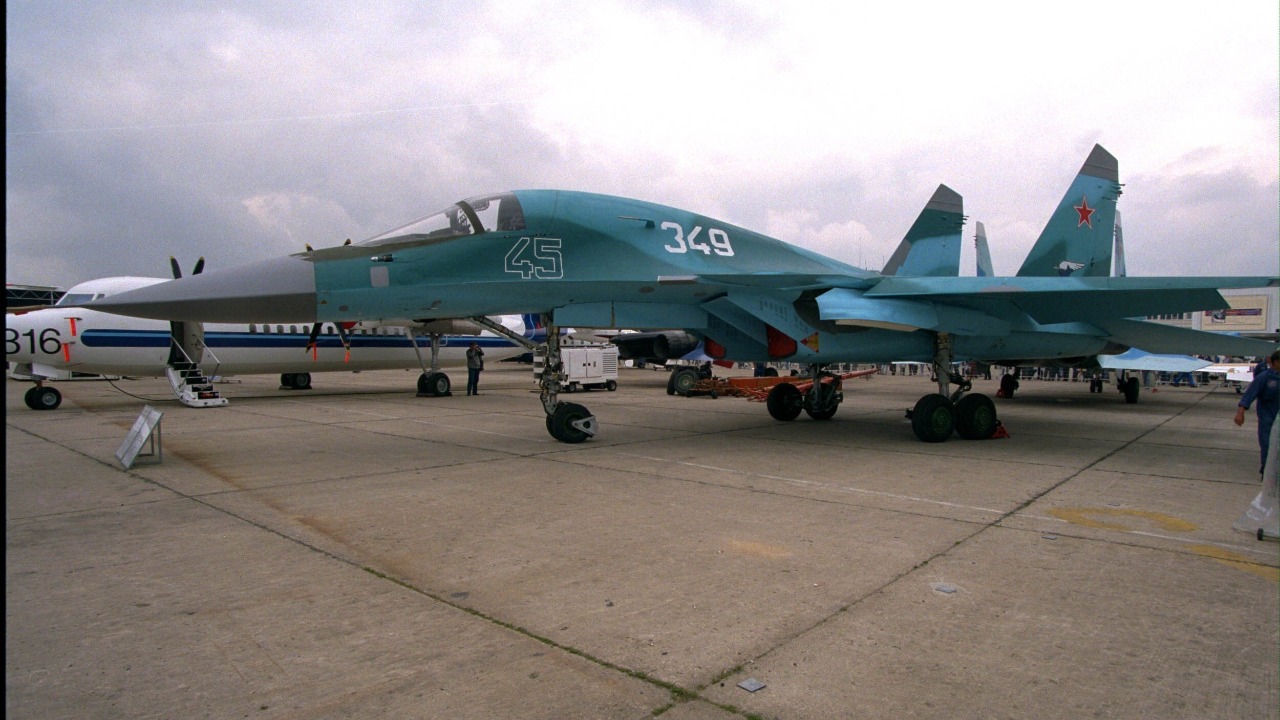
The Su-34 Fullback was developed as a critical component of the Russian Air Force, designed to replace older models and enhance Russia’s aerial capabilities. Its introduction marked a significant advancement in military aviation, featuring state-of-the-art technology and design elements that set it apart from its predecessors. The aircraft’s unique features, such as its advanced avionics and robust airframe, have been pivotal in its operational effectiveness. According to 19FortyFive, these advancements have allowed the Su-34 to fulfill a strategic role in Russia’s military objectives.
Initially, the Su-34 was deployed to strengthen Russia’s air power and provide a versatile platform for various combat scenarios. Its capabilities were leveraged to achieve strategic goals, including air superiority and precision strikes. The aircraft’s development and deployment were aligned with Russia’s broader military strategy, emphasizing technological superiority and operational flexibility.
Su-34’s Role in the Syrian Conflict
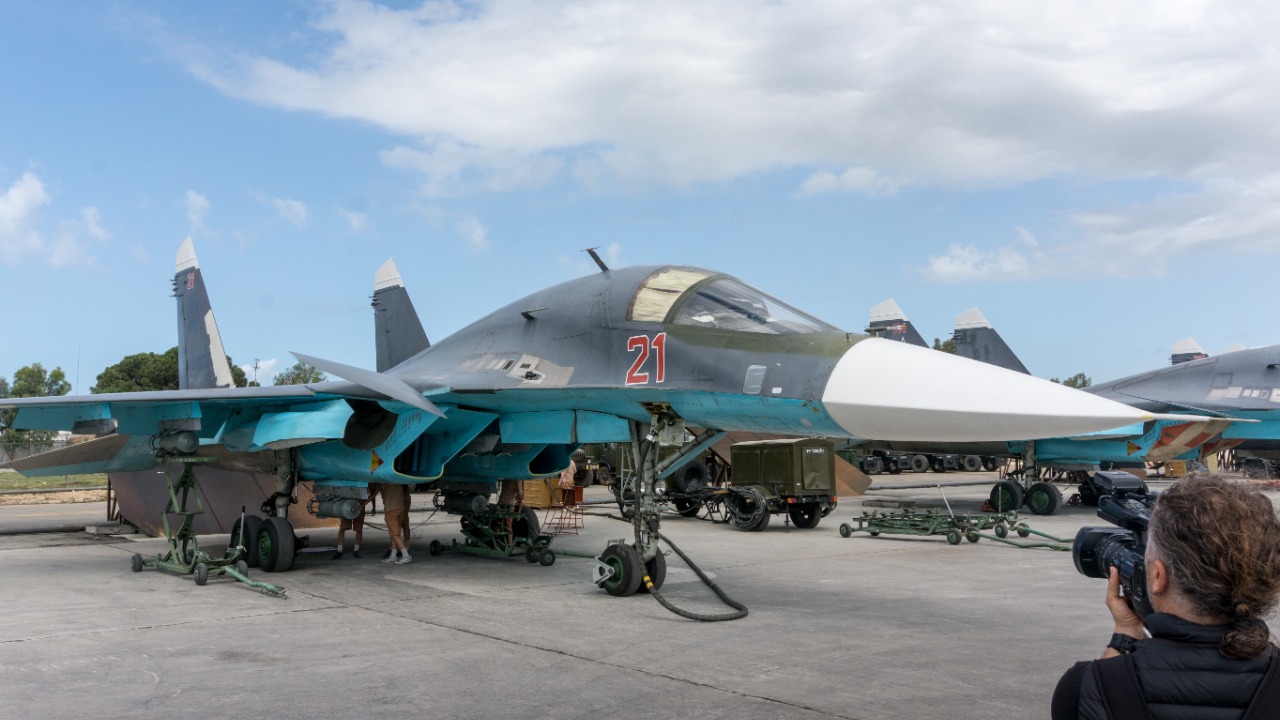
In the Syrian conflict, the Su-34 Fullback demonstrated its operational success and tactical advantages. It was instrumental in executing precision strikes and supporting ground operations, showcasing its effectiveness in combat scenarios. The aircraft’s performance in Syria highlighted its ability to project air power and achieve military objectives efficiently.
Specific missions in Syria underscored the Su-34’s capabilities, such as its role in targeting enemy positions and providing close air support. These operations not only demonstrated the aircraft’s combat effectiveness but also had significant geopolitical implications. Russia’s use of the Su-34 in Syria was a clear demonstration of its air power projection, influencing regional dynamics and showcasing its military prowess on the global stage.
The Su-34’s deployment in Syria was not only a demonstration of military might but also a testing ground for its advanced systems in real-world combat situations. The aircraft’s ability to carry a diverse array of munitions, including precision-guided bombs and air-to-surface missiles, allowed it to engage a variety of targets with high accuracy. This versatility was crucial in supporting the Syrian government forces and altering the balance of power on the ground. The Fullback’s operations in Syria also provided valuable data and insights into its performance, which informed subsequent upgrades and tactical adjustments.
Transition to the Ukrainian Conflict
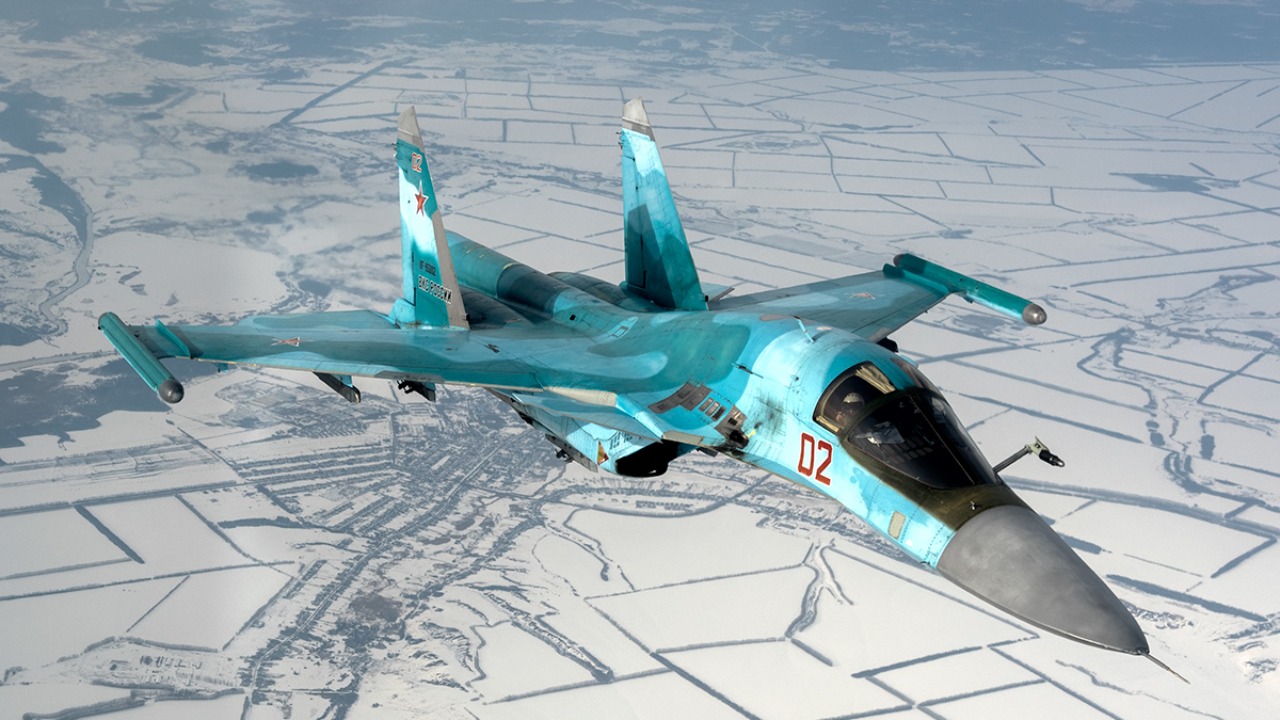
The transition from success in Syria to the challenges faced by the Su-34 in the Ukrainian conflict marks a significant shift in its operational narrative. In Ukraine, the Su-34 has encountered various challenges, including increased attrition rates and operational difficulties. These factors have impacted the aircraft’s effectiveness and raised questions about its future deployment.
Several factors have contributed to the attrition of Su-34 aircraft in Ukraine, including advanced enemy defenses and logistical challenges. These issues have affected the perception of the Su-34 within the Russian military, prompting considerations for future deployment strategies. The Ukrainian conflict has highlighted the need for adaptations in tactics and technology to maintain the aircraft’s relevance in modern warfare.
In Ukraine, the Su-34 has faced a more technologically advanced adversary, which has tested its capabilities and resilience. The conflict has highlighted the importance of electronic warfare and countermeasures, as Ukrainian forces have employed sophisticated air defense systems that challenge the Su-34’s operational effectiveness. This environment has necessitated adaptations in Russian tactics, including the integration of more advanced electronic warfare suites and the development of new strategies to mitigate losses. The lessons learned from these encounters are likely to influence future Russian military doctrine and aircraft development.
Technological and Strategic Analysis
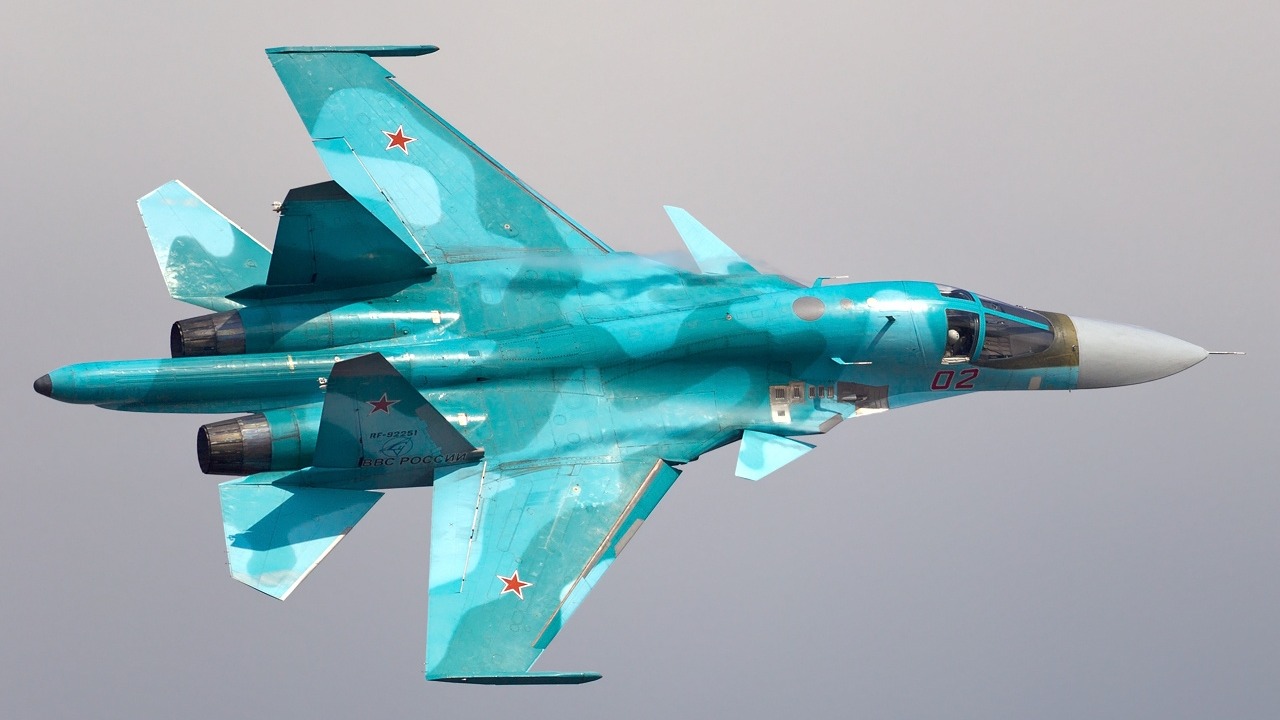
An in-depth analysis of the Su-34’s technological specifications reveals its strengths and areas for improvement. The aircraft’s advanced avionics, weapon systems, and robust design contribute to its combat effectiveness. However, comparisons with other contemporary fighter-bombers indicate areas where the Su-34 could benefit from upgrades or modifications.
Potential enhancements to the Su-34 could include improved electronic warfare capabilities and upgraded weapon systems. These modifications would enhance its performance in modern warfare contexts, ensuring its continued strategic value. The Su-34’s technological advancements and strategic role underscore its importance in Russia’s military arsenal, as detailed by 19FortyFive.
The Su-34’s design incorporates a side-by-side cockpit configuration, which enhances crew coordination and situational awareness during complex missions. This feature, combined with its long-range capabilities and substantial payload capacity, makes it a formidable platform for both tactical and strategic operations. However, the evolving nature of aerial combat and the emergence of new threats necessitate continuous upgrades. Enhancements such as stealth technology and improved radar systems could further bolster the Su-34’s survivability and effectiveness in contested environments, ensuring it remains a key asset in Russia’s aerial arsenal.
Future Prospects and Implications
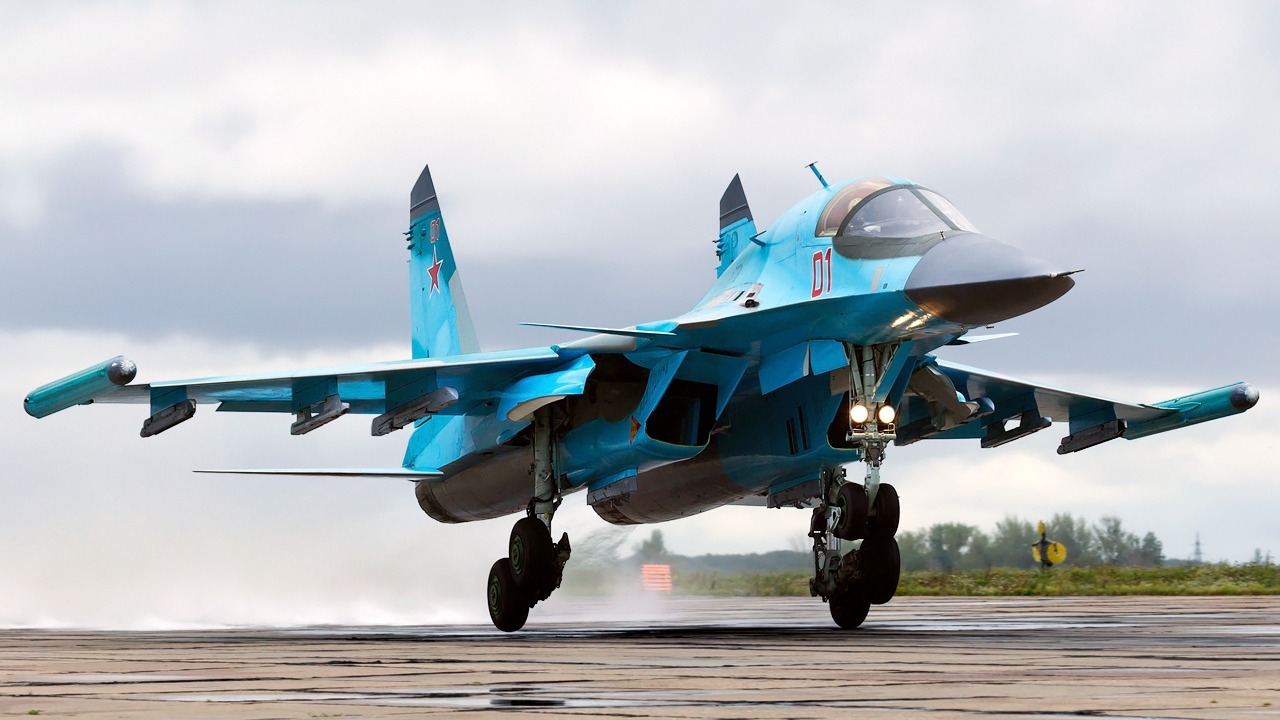
The future role of the Su-34 in the Russian Air Force will likely be shaped by current trends and military strategies. Its performance in Ukraine has implications for future military planning and procurement, influencing decisions on aircraft development and deployment. The Su-34’s operational history provides valuable insights into its potential future applications and strategic importance.
As Russia evaluates its military capabilities, the Su-34’s role will be reassessed in light of its performance in recent conflicts. This evaluation will inform future procurement decisions and potential upgrades to enhance its effectiveness. The broader impact of the Su-34’s operational history on international military dynamics and aircraft development will continue to be a subject of interest for military analysts and strategists.
Looking ahead, the Su-34’s role in the Russian Air Force will likely evolve in response to changing geopolitical landscapes and technological advancements. The aircraft’s performance in recent conflicts will be a critical factor in determining its future, potentially leading to the development of next-generation variants or entirely new platforms. Additionally, the Su-34’s operational history may influence international arms sales and collaborations, as other nations observe its capabilities and consider similar systems for their own military needs. The ongoing assessment of the Su-34’s effectiveness will shape Russia’s strategic priorities and defense investments in the coming years.